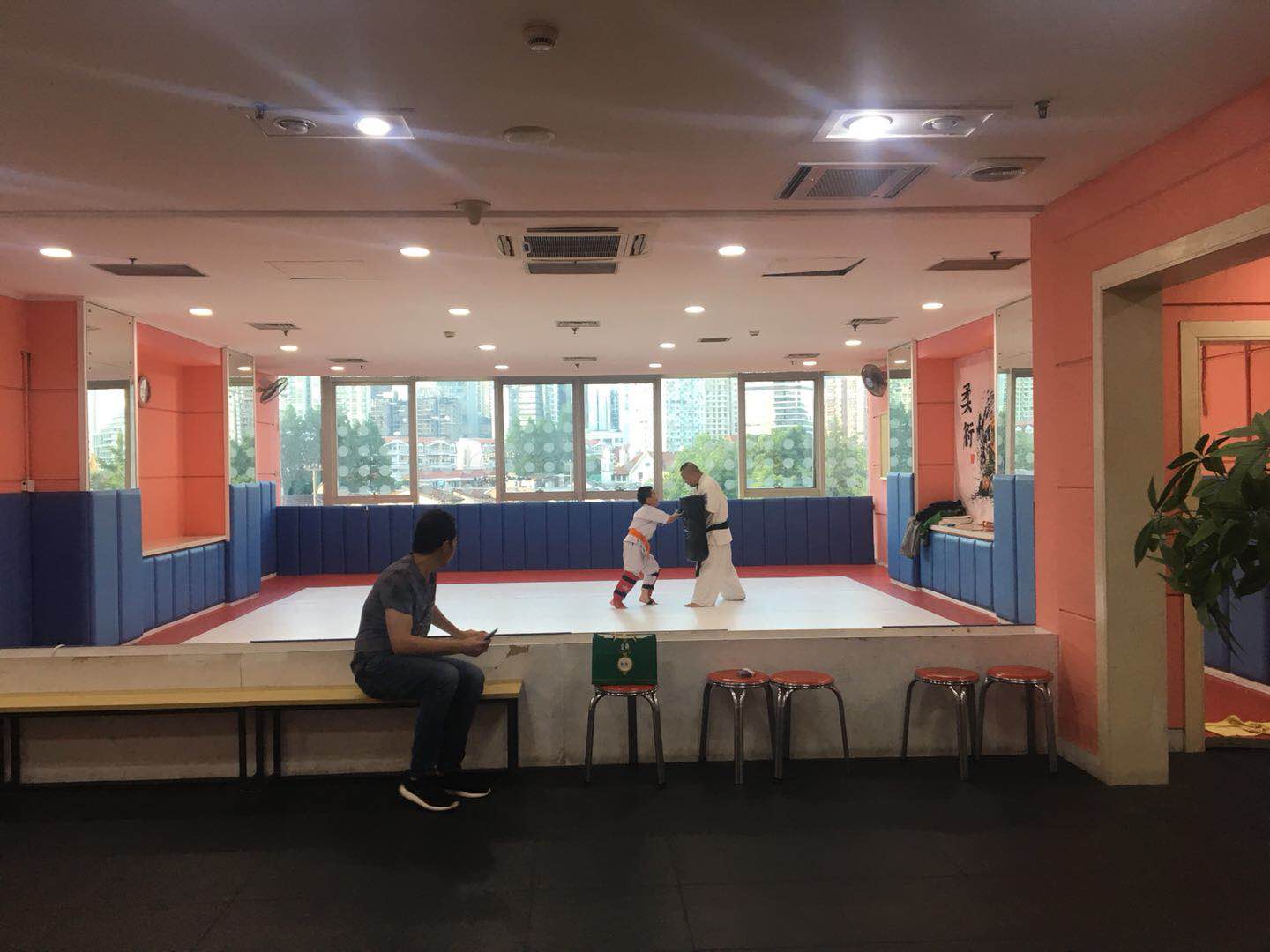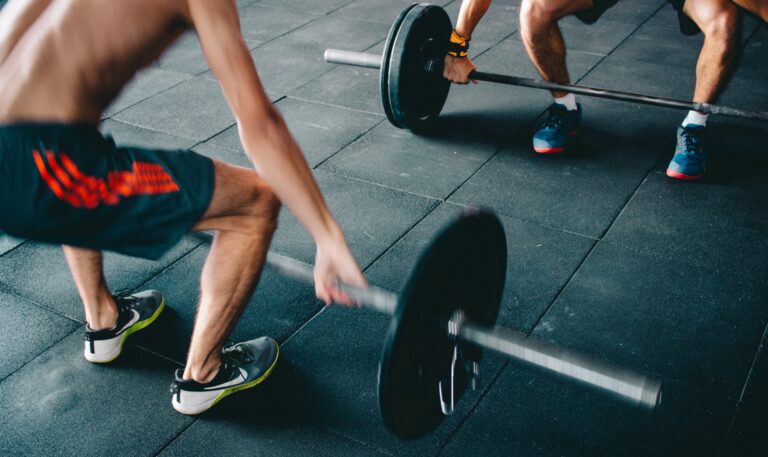Martial arts in China have been practiced for thousands of years. Today, with Consumers’
A booming market – factors for the success of martial arts in China
A focus area for development in China’s sports industry
Traditional Chinese martial arts are recognized throughout the world and are a force of Chinese soft power. Martial arts developed in China around 500 AD, notably, in the famous forest mountain temple Shaolin. These traditional martial arts can be called Kung Fu or Wushu. As for Shaolin art, it is a kind of Kung Fu only practiced in this temple and called Shao Lin Kung Fu.
Therefore, because of its strong tie to Chinese culture, the Chinese government wants to put this art back in the spotlight in its national economic plan: the Chinese Martial Arts Five-year Development Plan (2016-2020).
This plan entails building more than 3,000 new martial arts schools in China by the end of the decade to create an industry worth over 1 trillion yuan.
Today, Chinese people practice a wide variety of martial arts. For example, Wing Chun is more popular in Guangdong province. Shaolin martial arts are more prevalent in northern China. The Shaolin Temple of Dengfeng in Henan Province is the origin, and still a Shaolin Martial Arts teaching area today. Today, students still spend their summer holidays at the Shaolin Temple practicing martial arts. This is a testament to the continued success of martial arts in China, even among young people.
Chinese martial arts in art and entertainment
Another factor for the success of martial arts in China is the art, cinema, music, and pop culture around it.
We
Martial arts are also active in pop culture. On Bilibili, a famous Chinese sharing video platform, short Kung Fu videos can reach up to 3 million views.
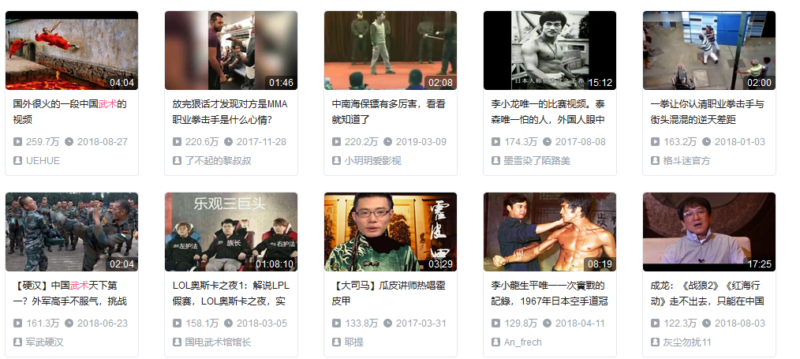
On Ximalaya, the most popular podcast platform in China, nearly 200 original series discuss Kung Fu.
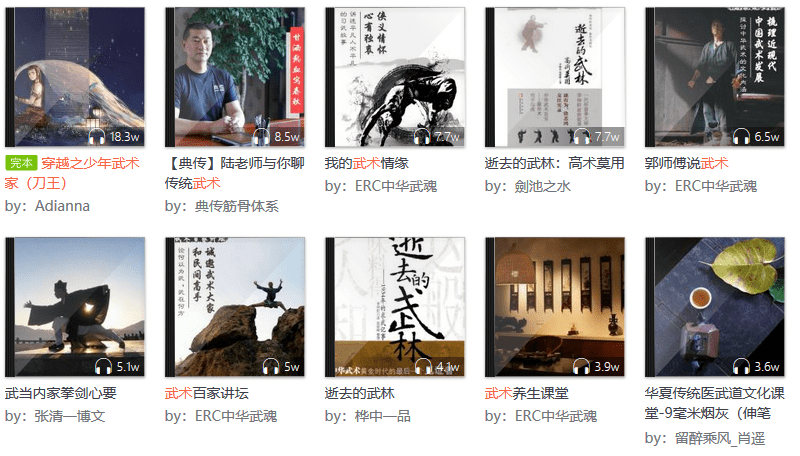
The love of Kung Fu has brought billions of dollars to China through movies and sports clubs.
Indeed, studying Taekwondo, Boxing, Judo, or other courses in a club or gym can be very expensive over the long term. An hour-long class costs around 100 yuan for group lessons and 300 to 500 yuan for private lessons.
A traditional art that has proven to be a lucrative force and a source of admiration for athletes around the world.
Various martial arts in China
Taekwondo in China: a market with very high potential
Taekwondo, martial arts coming from Korea, is currently the most practiced martial art. Many gyms and clubs in major cities offer Taekwondo classes of various levels, which are generally attended by children aged 5 to 14, mostly boys.
Taekwondo gyms and clubs are well distributed in China, across 31 provinces, municipalities and autonomous regions. The average number of Taekwondo dojos in each province is 300. The trend of Taekwondo in China is now spreading beyond the first-tier cities to second and third-tier cities.
In recent years, one practice of Taekwondo has been particularly popular: Aishang Taekwondo. It is a training institution for young children willing to reach a high-level or even become professionals. Founded in 2011, it has now 40 dojos in China and has become the leader of Taekwondo training institutions in 2018 with revenue of about 40 million yuan.
In 2018, Aishang Taekwondo training institute even received an investment of 10 million yuan from OneSmart International Education Group, a well-known educational group in China.
Tai Chi, the most famous ‘‘soft Chinese martial art’’
Practiced for more than 400 years, Tai Chi is a form of exercise that combines elements of martial arts, dance, and meditation. Tai Chi in China is considered as a ‘‘soft martial art’’ because of its roots: the Taoist monk who created it wanted a non-competitive and slow style of fighting.
Tai Chi in China is a daily routine for millions of people, especially the elderly who like to practice it in parks or public spaces in China.
On Bilibili, some videos of Tai Chi classes can reach a million views.
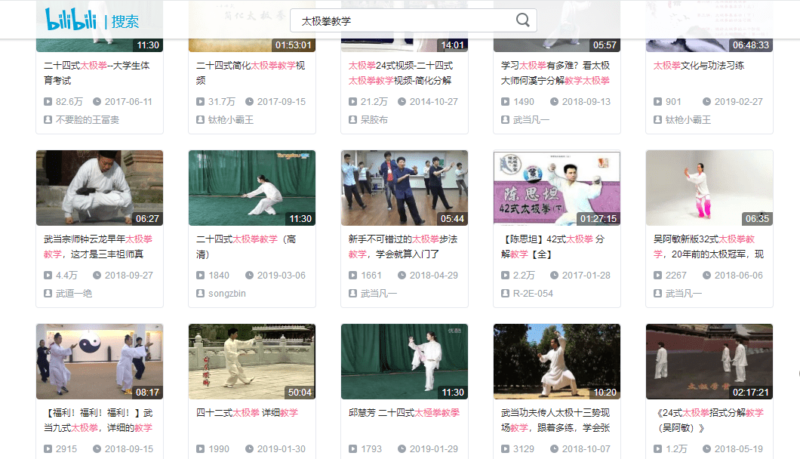
Muy Thai and Boxing in China
Boxing in China is rather seen as a foreign martial art. However, centuries ago, a certain type of boxing, quite different from the contemporary style, was practiced throughout the country: in the Han dynasty (206 BC-AD 220), boxing was mandatory for soldiers of the national army.
Today, it is estimated that there are 80 million boxing athletes in China. Most of them are reported to be between the ages of 18 and 30, mostly men. The market is therefore still very young and faces some difficulties such as the fact that Chinese people find it too difficult to learn boxing seriously.
Boxing
Despite a good dynamic in recent years, boxing in China has not yet developed well on the professional side. The boxing profession began flourishing only in 2004 when the athlete Zou Shiming won a gold medal at the Athens Olympic Games.
Thus, more professional and specialized boxing clubs are still in the minority. There are nevertheless very well-known chains in China such as Golden Gloves, a real institution for all boxers in Shanghai.
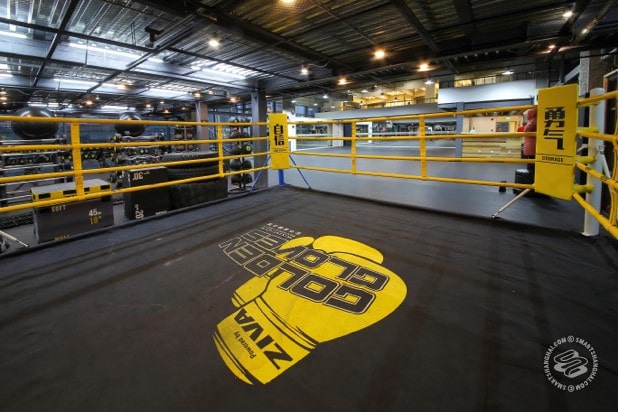
Less practiced martial arts in China
Wrestling, Judo, and Karate are also combated sports practiced in China but are currently smaller markets. Karate comes directly from Japan and is more common for children to learn at a very young age in specialized institutions.
Judo was brought to China in 1979, which is very recent in the history of martial arts in China. Even if Chinese people practice less Judo than Taekwondo or Boxing, China competes in Judo on an international level. This year, in May, Hohhot, the capital city of North China’s Inner Mongolia Autonomous Region, even hosted the grand prize of the International Judo Federation (IJF) which served as a qualification for the Tokyo 2020 Olympic Games.
However, Judo is very successful in Hong Kong. Many Judo TV shows and movies are very trendy, like the very famous Sanshiro Sugata. Judo is even more and more practiced by young Hong Kong women.
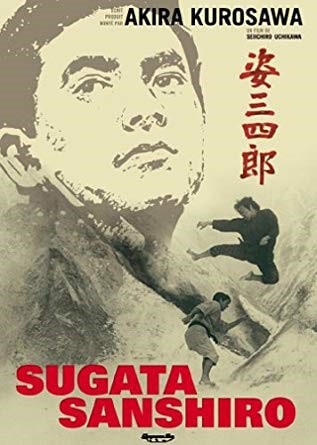
Martial arts in China, a double market: Professionals and amateurs
The professional market: champions and martial arts competitions in China
The professional side of martial arts in China has taken quite a long time to develop because of the Chinese philosophy of sport, which was to train your mind and keep a good balance between body and mind. As its name suggests, martial arts were therefore seen as an art and not as a competitive sport.
However, China’s reputation as the birthplace of martial arts makes it the perfect country to host competitions and champions from all over the world.
Since 2015, China has had its own martial arts championship called the ONE Championship. Specialized in Mixed Martial arts, MMA in China, the organization is often compared to the UFC, Ultimate Fighting Championship. Interest in martial arts competitions in China is growing, especially among younger targets. According to One Championship statistics, 80% of their audience is millennials and 70% are men.
Today ONE Championship holds at least one martial arts competition in China every month, and their online content has been seen 4 billion times in 2018, which shows a real craze for Martial arts in China.
As the martial arts market in China is booming, foreign investors are also attracted by this dynamic. Thus UFC organized its first martial arts competition in China in 2017 in Shanghai. They announced that they wanted to invest more in the market with plans for a $13 million training center.
Today, martial arts and MMA competitions are held very regularly in China and are very successful, especially on TV. This is the case of Kunlun Fight (昆仑决) which is a Chinese boxing promotion developed by Kunsun Media.
As for martial arts champions, China has more and more international champions in all categories. The category with the largest increase in the number of champions is the MMA, with about 200 MMA professional players in 2018 in China. This is due in particular to the increased salaries in this profession, on average around 100,000 RMB per match.
These champions are becoming real influencers in China, followed by thousands of people and thus attracting investors (brands and media) from all over the world.
Here is a list of some of the greatest martial arts champions in China today, all categories combined:
- 邹市明 Zou ShiMing is maybe China’s most successful boxer of all time. He won three consecutive Olympic medals as well as three World Amateur Boxing Championships gold medals and has even been hired last year as a sports teacher by East China Normal University.
- 徐晓东 Xu Xiaodong is a fairly controversial figure in China but followed by more than 350,000 fans on Weibo (his account has recently been blocked as explained later in the article), he is a representative figure of MMA in China.
- 郑淑寅Zheng Shuyin is a 25-year-old champion of Taekwondo in China, known for her international performances and recently for her controversial defeat at the May 2019 World Taekwondo Championships where the young woman burst into tears.
- 张维力 Zhang Weili is a 29-year-old Chinese martial artist. She is the official Kunlun Fight strawweight champion and currently participates in the Ultimate Fighting Championship. She is a model of strength and wisdom for all women in martial arts in China.
- 方便 Fang Bian is a 35-year-old Chinese kickboxing champion, Sanshou, known to be one of the best kickboxing professionals in China. He enjoys a strong reputation among sports fans in China and recognition among professionals.
- 张立鹏 Zhang Lipeng is a Pro MMA Fighter of Inner Mongolia in China and the #2nd ranked Pro Mens Welterweight in China. He recently participated in the Kunlun Fight.
- 宋亚东, Song Yadong, is a 21-year-old Chinese mixed martial artist who races as a rooster weight for the ultimate fighting championship.
- 熊朝忠Xiong Chaozhong is a 36-year-old Chinese boxer, known to have been the first Chinese to win a boxing championship title, having held the WBC minimumweight title from 2012 to 2014.
The amateur market: education and gyms in China
As for the amateur market, the Chinese tend to practice martial arts in multipurpose gyms in China. These general sports facilities are more popular than in martial arts clubs. They therefore generally offer private tutoring for martial arts in China with specialized coaches but are not strictly speaking martial arts clubs.
The fitness and gyms market in China is therefore booming.
In 2001 there were barely 500 options for gyms in China, and in 2018 the number is over 37,000.
Moreover, the Chinese government has recently unveiled plans to spend around 225 billion USD by 2020 on fitness and gyms in China, as a goal to create healthier habits across the country.
According to a report from the China Business Research Academy, gym memberships reached 6.6 million in 2016, compared to around 3 million in 2008.
MMA versus traditional Kung Fu: what is the future of martial arts in China?
Different philosophies
While traditional martial arts and wellness methods are actively practiced in China, global trends favored by many younger people are beginning to change the market dynamic.
The perfect example of this is the battle between MMA (mixed martial arts) and Kung Fu.
In recent years, martial arts athletes in China have divided into two categories:
Those who advocate Chinese martial arts, called Kung Fu or Wushu, and those who want more modernity, especially encouraged by practices from abroad.
These two arts are very different. Kung Fu has its origins in Buddhism and spirituality. It is seen as a state of mind, and some practitioners even claim to obtain mystical powers by training. As for MMA in China, it is a fighting sport that combines several disciplines such as boxing, wrestling, judo, or jiu-jitsu.
Today, MMA in China is a huge success. We estimate that there are 90 million Mixed Martial Arts Students and around 15,000 MMA Training Institutions in China.
MMA is also called freight and this is one of the reasons why it is seen as contradictory to traditional Kung Fu, which has much more structured rules.
However, in 2015, Shanxi Science and Technology Publishing House published the “Comprehensive Fighting Movement of the World,” the first comprehensive book on MMA in China, listing the rules and technical explanations of this fighting system to show how severe and strict this sport can be. Along the same line, the General Administration of Sports in China recently announced a change in the administrative body responsible for all MMA events and a plan to host MMA training programs for Chinese MMA judges and coaches in late 2018.
These efforts demonstrate the General Administration’s goal to better manage the market and to establish firm industry standards. The Chinese government is leading the way towards a more regulated MMA market with increased commercial value and opportunities.
The video that divided the world of martial arts in China
A perfect example of this market shift towards more modern and international martial arts is the battle between MMA fighter Xu Xiaodong and Tai Chi master Wei Lei that took place in May 2017.
Annoyed by the words of the famous Chinese master claiming to be able to control invisible force fields, Xu Xiaodong decided to show China that the MMA could be just as powerful as the famous Tai Chi. As a result, the video became viral in a few hours in China. We can see the Tai Chi master losing in a few seconds and abandoning the fight.
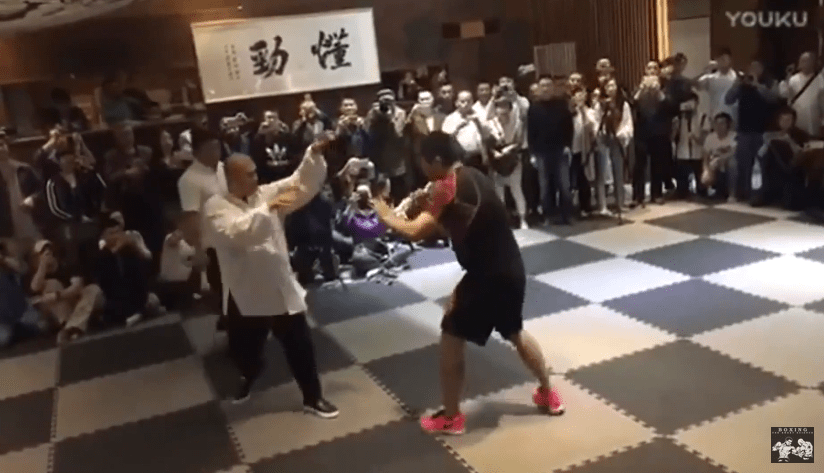
The positive comments were quickly overwhelmed by thousands of negative comments accusing Xu Xiaodong of devaluing Chinese culture. The MMA champion tried to explain his passion for traditional Chinese martial arts and expressed that he only wanted to restore the reputation of MMA in China. Despite everything, the Chinese government considered these 20
Thus, while the government tends to see this new era of modern martial arts as harmful to Chinese soft power, not all sportsmen in China take a negative view of it.
According to a Shanghai boxing and MMA practitioner, Chen Yuan Kai, modern martial arts are not contradictory with the culture of traditional Chinese martial arts, we can still find some common aspects:
“Bruce Lee is even the one who invented the concept of MMA. He advocated that we should not only focus on a style of martial arts but become like water, an element that adapts to all situations, formless and shapeless. He has not only spread China’s values to the world, but he is precisely a bridge between these two martial arts cultures.”
In any case, these new practices open up new opportunities for sports brands wishing to enter the Chinese market or to seize new markets. The willingness of Chinese people to lead healthier lives could be met by this revival of China’s traditional view of wellness.
Thus, while the visions on martial arts in China are beginning to change profoundly, the practice of all martial arts, traditional and more modern, remains very high in China.
As a result, there are many opportunities for development in terms of equipment, specialized clubs, and gyms or on the professional side by investing in competitions or becoming a sponsor. Foreign sports companies should now begin to take a closer look at China’s martial arts market.
Author: Steffi Noël
Make the new economic China Paradigm positive leverage for your business
If you’re interested in learning more about China’s martial arts or fitness markets, do not hesitate to reach out to our project managers at dx@daxueconsulting.com to get all answers to your questions.


